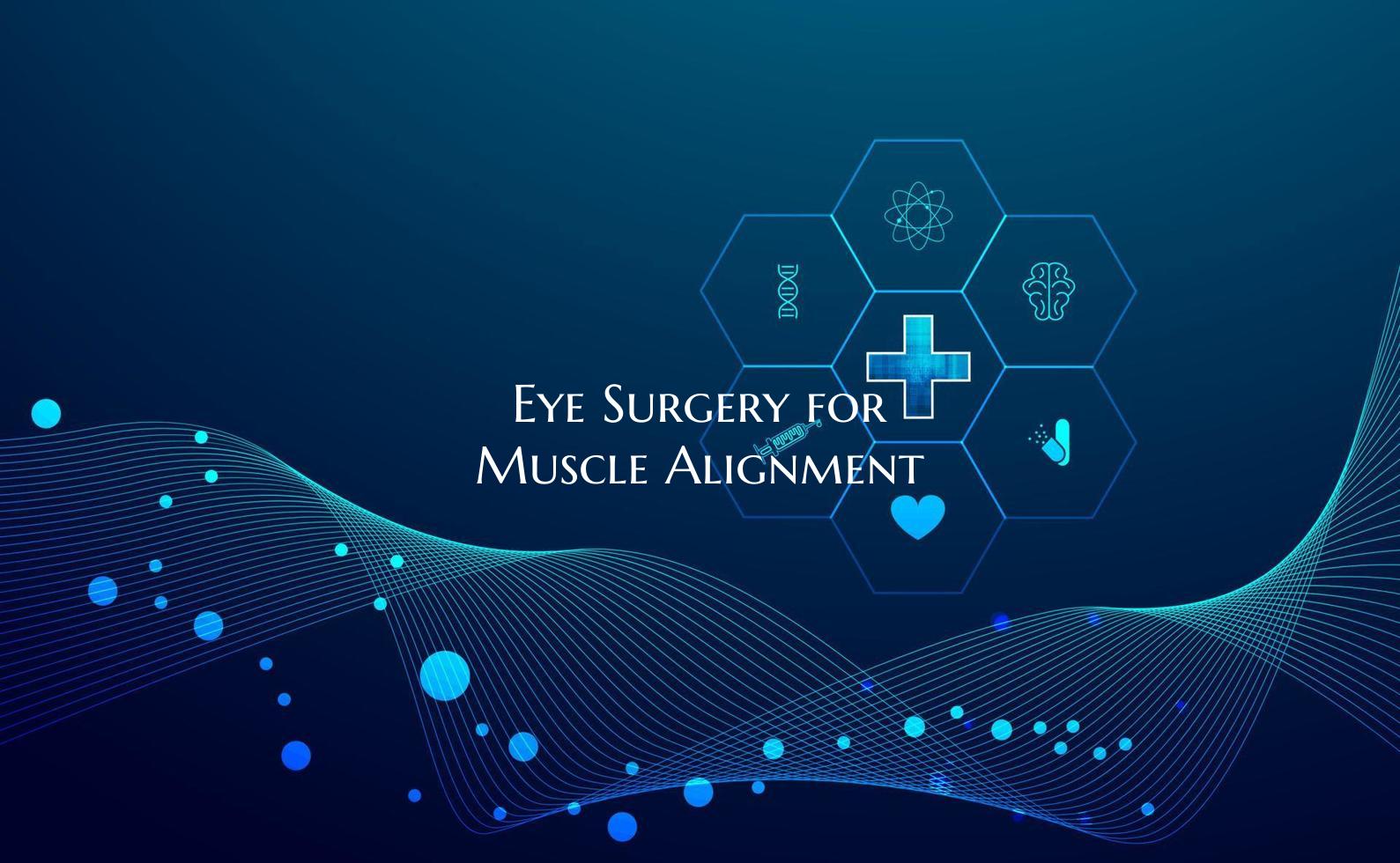
Eye Surgery for Muscle Alignment
Introduction: Eye surgery for muscle alignment, also known as strabismus surgery, is a procedure aimed at correcting the misalignment of the muscles that control eye movement. This surgical intervention can help improve the coordination of the eyes, enhance depth perception, and alleviate issues such as double vision. Understanding the procedure and what to expect during the recovery process is crucial for those considering this treatment option.
Overview of the Procedure: During eye surgery for muscle alignment, the ophthalmologist will adjust the tension of specific eye muscles to realign the eyes. The procedure is typically performed under general anesthesia on an outpatient basis, meaning the patient can go home on the same day. The surgeon may make small incisions in the conjunctiva (the white part of the eye) to access the eye muscles and make the necessary adjustments.
Recovery Process: After the surgery, patients may experience some discomfort, redness, and swelling in the eye area. It is essential to follow the post-operative care instructions provided by the surgeon diligently. This may include using prescribed eye drops or ointments, wearing an eye patch, and avoiding activities that strain the eyes. Some common tips for a smooth recovery may include:
1. Taking prescribed medications as directed to manage pain and prevent infection. 2. Applying cold compresses to reduce swelling and discomfort. 3. Avoiding strenuous activities, lifting heavy objects, or bending over to minimize strain on the eyes. 4. Attending follow-up appointments with the ophthalmologist to monitor progress and make any necessary adjustments.
Expected Outcomes: Eye surgery for muscle alignment can lead to significant improvements in eye alignment and overall vision. While individual results may vary, many patients experience a reduction in double vision and improved eye coordination following the procedure. It is essential to have realistic expectations and understand that full recovery may take time as the eyes adjust to the new muscle alignment.
Conclusion: Eye surgery for muscle alignment is a valuable treatment option for individuals struggling with eye muscle imbalances. By understanding the procedure, actively participating in the recovery process, and maintaining open communication with your healthcare provider, you can enhance the likelihood of a successful outcome. If you are considering this surgery, consult with an experienced ophthalmologist to discuss the benefits, risks, and expected results based on your specific eye condition.